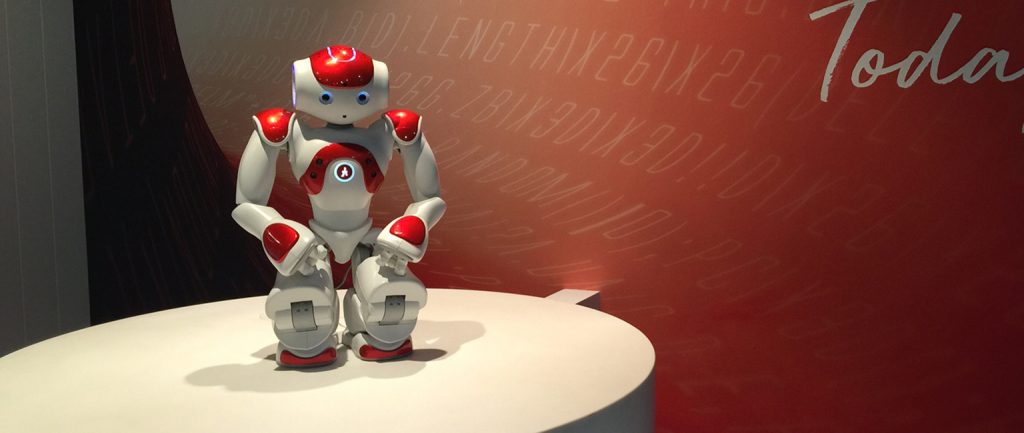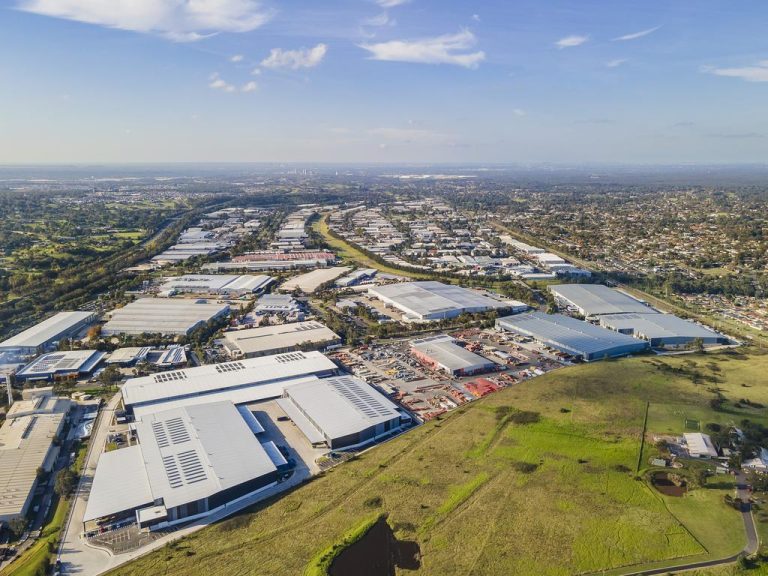Meet your new receptionist: a robot

Is this the end of office receptionists as we know them?
Property services firm JLL is trialling a humanoid robot behind the counter at its newest office in Sydney and says we can expect to see many more office jobs performed by artificial intelligence very, very soon.
The 57cm tall robot, named JiLL, greets staff and visitors at its 50 Carrington St office and is capable of front of house tasks including meeting check-ins, giving directions, assisting with forgotten access passes, contacting hosts and reporting maintenance or tech issues.
JLL head of Business Transformation, Integrated Facilities Management, Phil Clark says the robot will be the “sole ‘front of house’ face at 50 Carrington St” and that people need to get used to seeing robots in the workplace.
This is a trend that is developing fast and is something our clients will need to contend with
“This allows JiLL’s human colleagues to support the business operations and to focus on more tactical activity,” Clark says.
“JiLL works in conjunction with a tablet based visitor management system. She has in-built facial recognition software to enable her to respond differently to team members than to external visitors.”

JLL’s front of house robot, named JiLL.
“This is really about automating those tasks such as greeting guests, providing directions, and assisting staff with administrative tasks in the workplace. JiLL’s duties will continue to grow over the coming months.”
“Over the next 10 to 20 years, we will continue to see a range of current job functions being fulfilled by robots and other automated machines. We expect to see a range of functions in the customer service industry become automated in this timeframe.”
JLL Australasian head of Integrated Facilities Management, Chris Hunt, says the days of humans being the sole custodians of workplace tasks are over.
This allows JiLL’s human colleagues to support the business operations and to focus on more tactical activity
“This is a trend that is developing fast and is something our clients will need to contend with,” Hunt says.
“We wanted to trial it first, starting small but thinking big and then be able to advise on how best to implement a robotics strategy into the management of building facilities,” said Mr Hunt.
“We are assessing the opportunities for artificial intelligence in the workplace. We see a future for robots in the workplace and organisations will need to understand what robots can offer for the future workplace and they will need a strategy to integrate humans and robots.”







